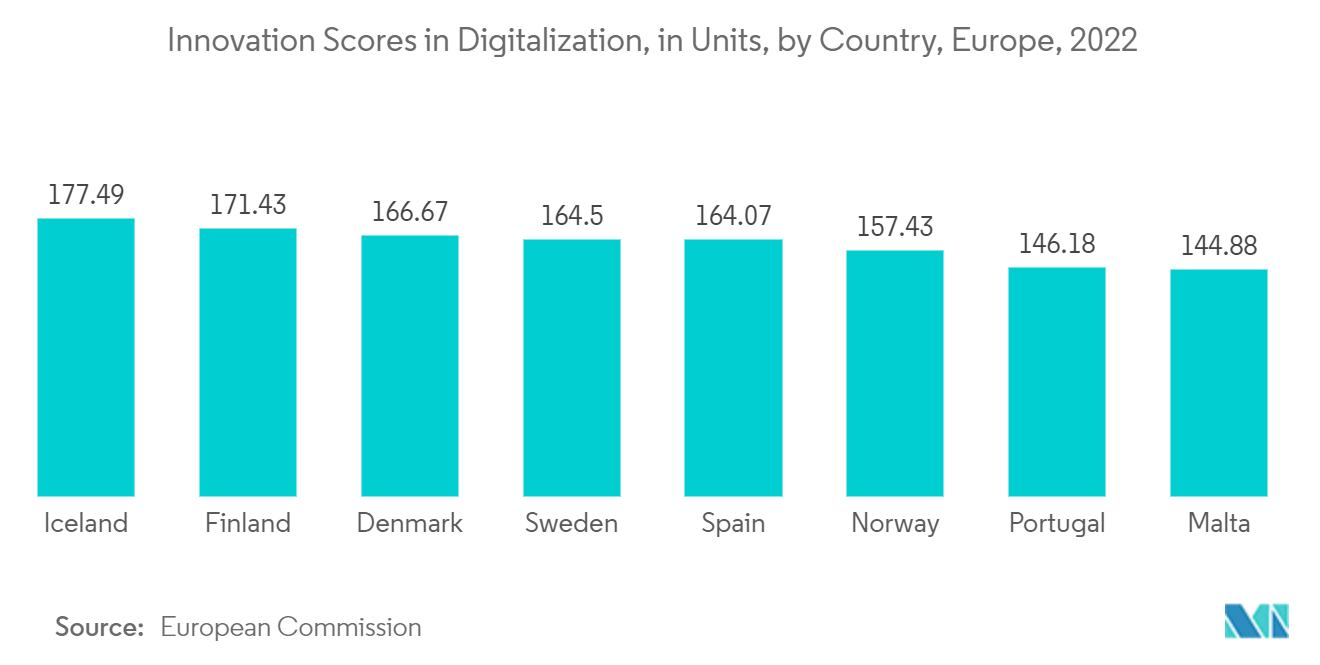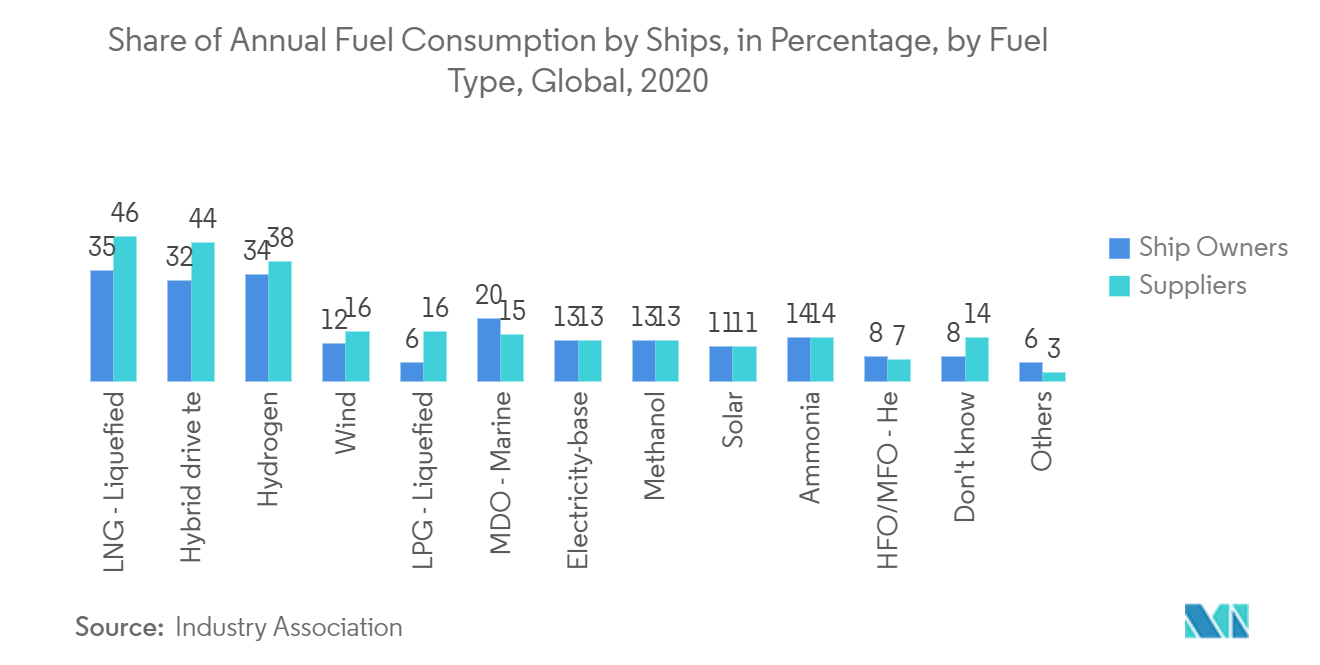Market Trends of Europe Inland Water Freight Transport Industry
This section covers the major market trends shaping the Europe Inland Water Freight Transport Market according to our research experts:
Digitization of inland-waterway transport
Within Europe, inland-waterway transport (IWT) is important for the movement of goods. This mode of transportation has a number of benefits, including safety, environmental friendliness, and the release of road capacity. A more adaptable logistics industry with more alternatives for transportation will result from the digitization of inland waterway transportation. Long-term, this will have a positive ripple impact on employment, consumption, and manufacturing, strengthening the European economy as a whole. Additionally, it is consistent with the EU's strategy to digitize markets wherever possible, known as the Digital Single Market Strategy. Digital Inland Waterway Area (DINA) is a concept to interconnect information between IWT's stakeholders and with other transport modes.
DINA architecture is:
Adding more (real-time) data to RIS will increase their functionality, interoperability, and usability for barge operators using new on-board e-IWT tools and apps.
Barge operators can manage their own data and operations thanks to a data platform. This should make it possible for barge operators to carefully share data with other parties, including public authorities (for reporting needs), (inland) ports, and terminals.
Integration with shippers' and LSP's booking and transport management platforms should improve IWT's visibility and integration into the entire logistics chain, which includes different modalities.

Use of alternative fuels for emission control
The European Commission is aiming to enhance the transition of freight transport to rail and inland shipping in order to minimise CO2 emissions from EU transportation. This objective is reflected in the European Green Deal and the Sustainable and Smart Mobility Strategy, two recent Commission policies that also lay out the actions required to enhance the use of IWT and short sea shipping. The industry must overcome significant obstacles and develop into a digital, greener, and more resilient sector in order to fully fulfill its function.
Future replacements for Heavy Fuel Oil (HFO) and Marine Diesel Oil(MDO) could play a key role in lowering emissions below necessary levels. Additionally, it is predicted that 30-50 million tonnes of fuel (LSF) be consumed annually in the ECAs, and that number will rise as more areas are added to the ECAs in the future (DNV 2015). The introduction of alternative, low carbon fuels can fulfill both the need for low sulphur fuels as well as the requirement to reduce GHG emissions, provided that these fuels and the required technologies are delivered at competitive price levels.
liquefied natural gas (LNG), electricity, biodiesel, and methanol are the alternative fuels that are most frequently taken into consideration. Liquefied petroleum gas (LPG), dimethyl ether (DME), biomethane, synthetic fuels, hydrogen (especially for use in fuel cells), hydrogenation-derived renewable diesel (HDRD), and pyrolysis oil are further fuels that could be used in the future. Additionally, it is possible to adhere to the rules and promote the switch to alternative fuels by using fuels.

